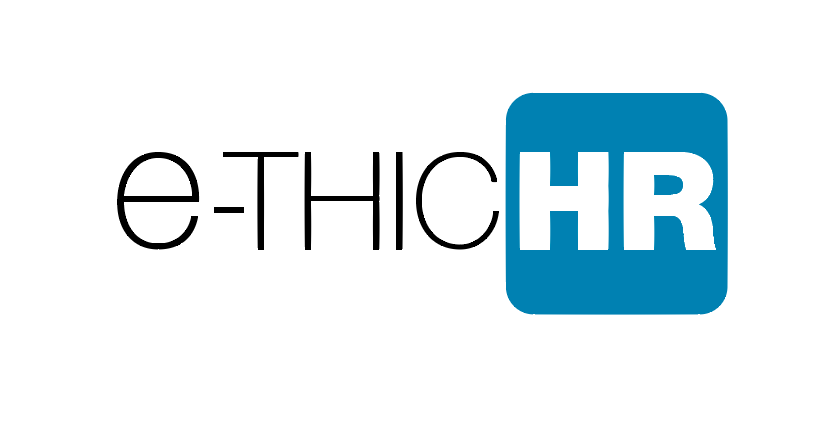Shared on ZiDCard LinkedIn Group by Johan C.
The original article was published in the UK’s Personnel Today as article 3 in a 4 part series in the lead up to the 2012 UK Employer Branding World Series Summit in London on 21 March 2012 where Brett is Chairing and presenting.
Without a doubt, advances in new technologies, the emergence of social media and the popularity of mobile devices have encouraged companies to rethink how they communicate employer branding messages to employees, candidates and other key stakeholders.
The speed of the transition from print to online, and the need to integrate online and offline communications, caught many companies by surprise. A significant number are only just starting to catch up.
When social media first became popular, many companies resisted its surge and simply reacted by banning employees from accessing sites such as Facebook and Twitter during working hours. However, this attitude no longer holds weight. To get around the ban, employees simply brought their own smartphones to work and used them away from the prying eyes of their supervisors.
Due to its potential size, scope and scale, social media has become appealing to businesses of all sizes around the world. Successful use of social media has had a positive impact on employer brand equity for companies such as Starbucks, Sodexo, Coca-Cola, Zappos and Philips.
Organisations are required to react to changing consumer and employee behaviour and embrace new media that are fast becoming entwined into our daily lives for social, business and commercial reasons.
A strong employer brand is built upon mental (image) and physical availability (market reach), so it should work towards building consistent associations that you want your employees, candidates and other key stakeholders to have about what it’s like to work at your company. Your social media strategy should work towards expanding your market reach to your target audience using the most effective internal and external communication channels.
Employer brand managers need to know what their distinctive employer brand assets are. Readers are familiar with the distinctive brand assets of companies such as Google (employee benefits and working environment), Zappos (company culture) or being able to easily recognise some brands simply from their logo (Nike). Employer brand managers need to reinforce such distinctive assets in their communications rather than frequently changing their way of addressing candidates.
Understand which media are most effective
Success in today’s new media landscape requires diversity in online and offline employer brand communications, and the need for integration across platforms. Only around 1% of fans of the biggest brands on Facebook are actually engaging with the brands, according to a study from the Ehrenberg-Bass Institute, an Australia-based marketing think tank that counts Procter & Gamble, Coca-Cola and other major advertisers as supporters.
« I don’t think it’s a bad thing, » said Karen Nelson-Field, senior research associate for the institute, who describes herself as a « Facebook advocate ». She says: « People need to understand what it can do for a brand and what it can’t do. Facebook doesn’t really differ from mass media. It’s great to get decent reach, but to change the way people interact with a brand overnight is just unrealistic. »
Transparency and trust
Company participation in social media requires total transparency and authenticity. Your employee and candidate experience will be discussed, not just by word of mouth, but also perhaps via LinkedIn, Facebook or Twitter.
Workers also tend to rely on what they hear from peers more than superiors. Social networks are ultimately about establishing a relationship, not about advertising or pushing a message, which has traditionally been the way companies have communicated to employees and candidates via email and print.
A recent survey by BRAND fog of several hundred employees at diverse companies found that 82% of respondents were more likely to trust a company whose CEO and leadership team engage with social media. However, this statistic is not likely to shock many more CEOs into diving into communications in social networks.
The right strategy is within reach
Think about the brand experience at companies like Zappos, Starbucks, McDonalds and Apple. These companies have been successful at integrating the customer and employee experience in such a way that the experience across each interaction touchpoint optimises the positive relationship between employees and customers.
Some may argue that these brands are unique and they benefit from significant resources. The part about being unique is correct – that’s what makes them world-class brands.
However, the argument about resources is only partly true; the strategy employed by these firms is well within the reach of all companies.
Remember, Rome wasn’t built in a day. Take a long-term view on your social media strategy and be inspired by the fact that what you do today will have a pay-off sometime in the future.
